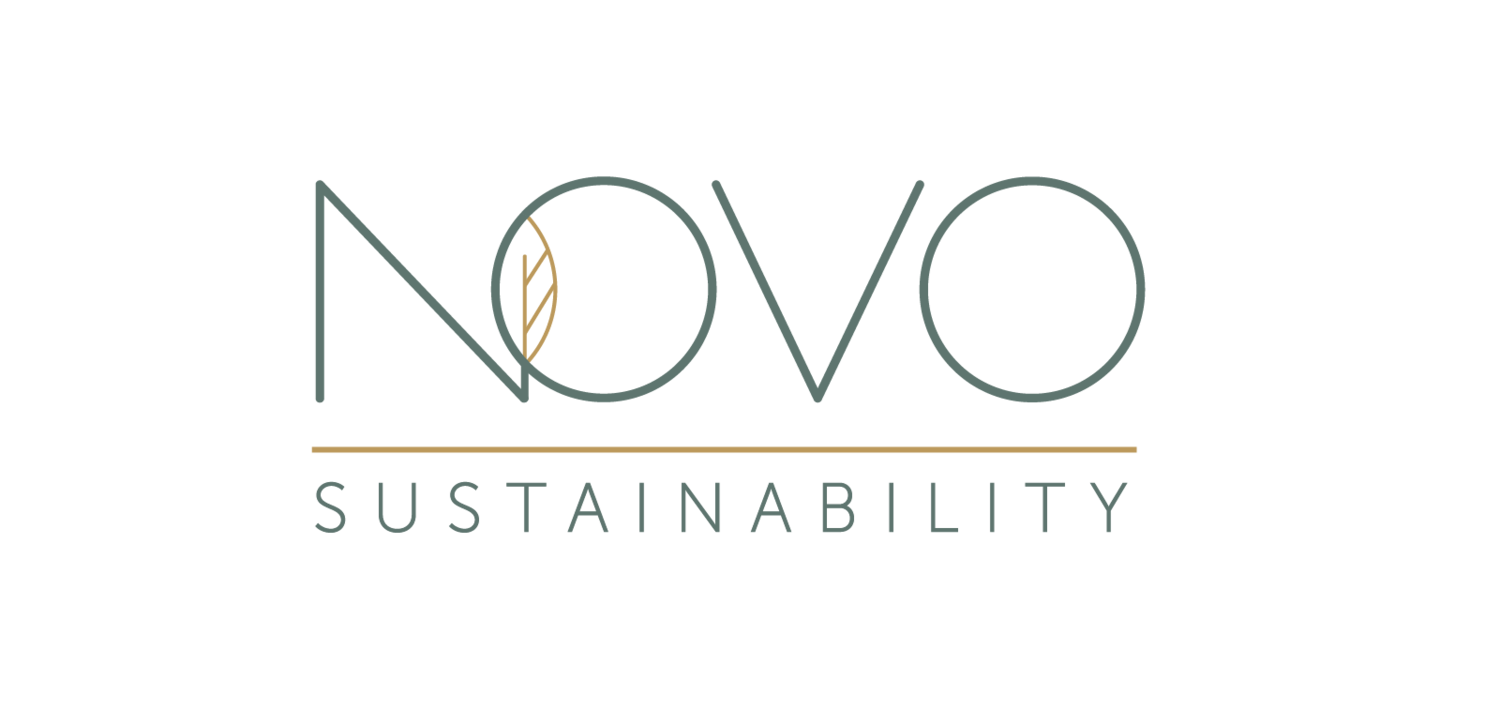Certification Overload?
/LEED, Green Globes, Living Building Challenge, EnergyStar, PassiveHouse, BREEAM, Parksmart, PEER, SITES, TRUE, NGBS, EarthCraft… these are just a few of the sustainability related building certifications available in the US. This list grows exponentially when we add in regional certifications like Austin Energy Green Building, global certifications like EDGE, green building design and construction guidelines and codes like IECC or CAL-Green and grows even more when wellness certifications like WELL or Fitwell are added to the list. And let’s not forget the expansive list of product certifications and labels like Cradle to Cradle, NSF, or Declare AND compliance verification programs like GRESB or CDP. This makes my head spin, even as an experienced sustainability consultant. With over 12 years in the industry, I’ve seen huge growth in the market. On one hand this growth is great because there is more variety and flexibility; sustainability has become mainstream and something that all companies (at least at some level) are thinking about. However, the market has also become confusing and cumbersome for a company to determine which certification, standard, or program makes the most sense to use, if any.
I know I’m not the only professional who is experiencing certification overload! And, if I’m honest, I’m questioning whether all the different certification options are detrimental in the way that they have created more silos that are limiting companies by forcing them to “check boxes” that don’t matter to them or making them sacrifice initiatives that their employees value because of project/certification specific budget constraints. There must be a simpler way.
I have always valued real conversations with my clients to be able to identify what is important to THEM, as opposed to what’s included in a checklist. Over the years as this list of certifications has grown, I’ve come to a realization: certifications are not the be all end all. Formal certifications certainly have their place- they are good benchmarks and an easy to follow design tool for large corporations. But what if a company wants something more meaningful than a benchmark or design tool?
This is where I see a huge opportunity for a company to establish or revamp their Corporate Social Responsibility (CSR) reporting. Creating dynamic CSR goals that encompass energy, sustainability, employee health & wellness, social justice, and philanthropic initiatives allow a company to focus on what’s important to THEM. Instituting clear and meaningful CSR goals also allows for the development of goal-specific metrics for tracking compliance or success… metrics which then can be incorporated into design standards, design and construction guidelines, and operational policies.
Making CSR the focus over certification can break down operational silos between departments that usually don’t communicate like real estate, communications, and HR. Companies can discover cross-departmental synergies like how real estate decisions impact HR driven health and wellness strategies. Directing attention to the development of suitable CSR goals and metrics may take more time up front than choosing a ready-made certification, but consider this: to effectively be able to address in detail all the items I previously mentioned (energy, sustainability, employee health and wellness, social justice, and philanthropy), a company would need to pursue three different certifications and complete a third-party reporting program.
Perhaps developing strong CSR goals and metrics is the simpler path we’ve been looking for?

